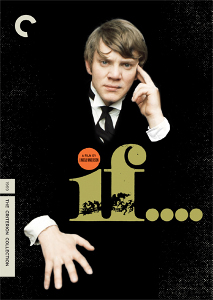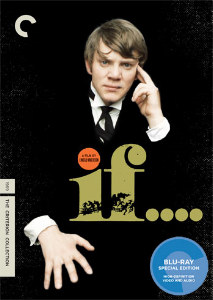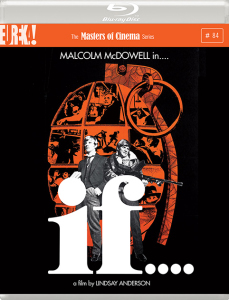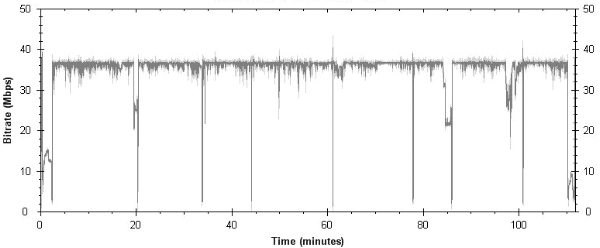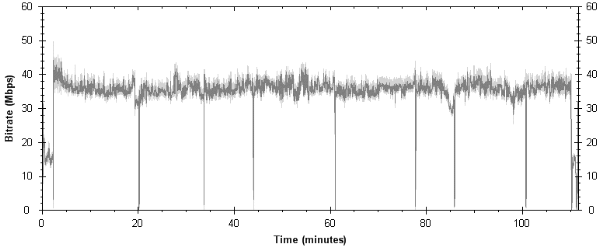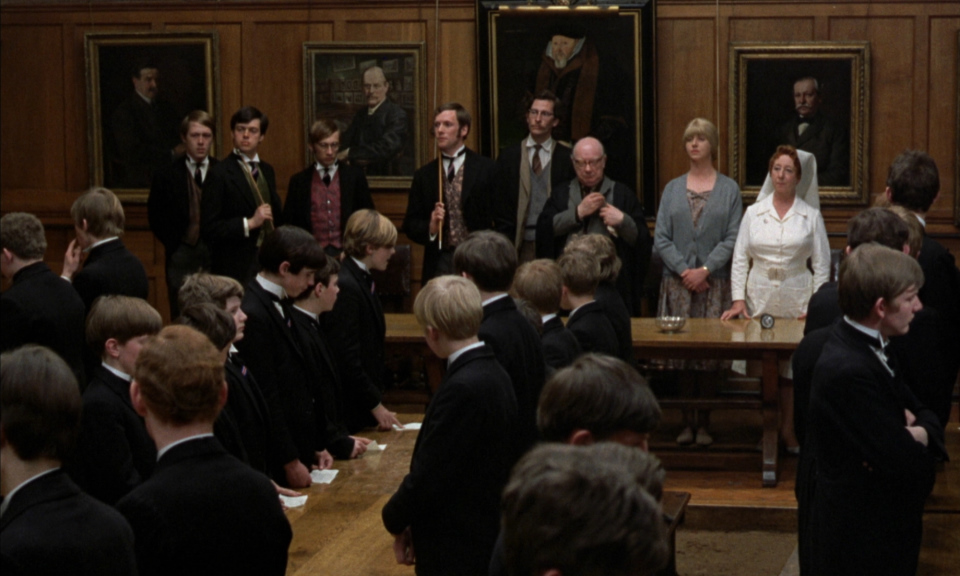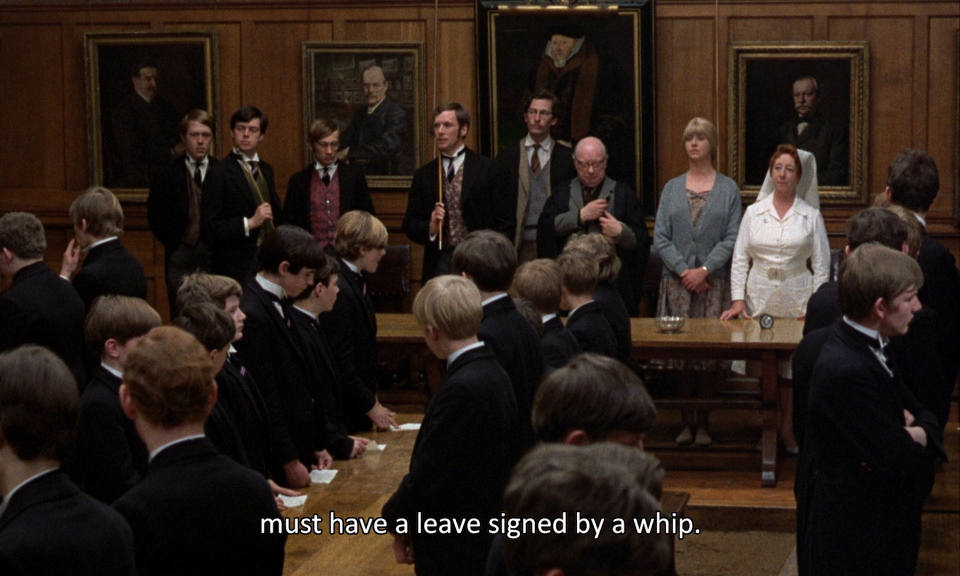![]()
![]()

![]()
![]()
|
Search DVDBeaver |
S E A R C H D V D B e a v e r |
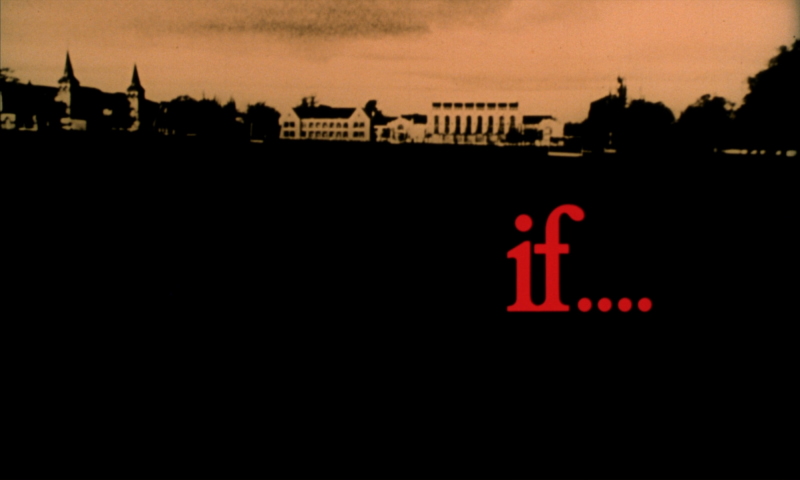
Directed by
Lindsay Anderson
UK 1968
|
British cinema – and
particularly that of the 1940s, 50s and 60s – tugs violently at itself from
within. On the one hand, there is the social realist impulse, as exemplified by
such films as ‘Saturday Night and Sunday Morning’ (1960) and ‘The
Loneliness of the Long Distance Runner’ (1962). And on the other, there
are the flighty excursions into the fantastic and the dreamlike, such as the
work of both Powell & Pressburger and the Hammer studio. Lindsay Anderson’s
masterful ‘If….’ (1968) at once drags these polar traditions together;
expands on their possibilities; and, from their tense juxtaposition, derives a
rare poetry and force. |
Posters
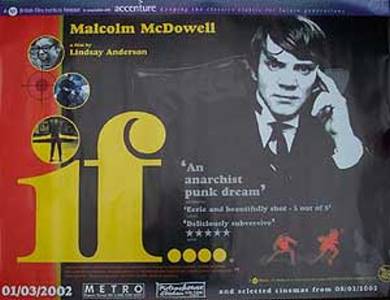 |
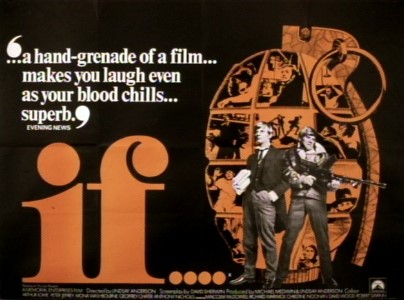 |
Theatrical Release: December 19th, 1968
Reviews More Reviews DVD Reviews
Comparison:
|
Criterion Collection (2-disc) - Region 1 - NTSC vs. Paramount Pictures - Region 2 - PAL vs. Criterion - Region 'A' - Blu-ray vs. Masters of Cinema - Region 'B' - Blu-ray |
Big thanks to Pete Hoskin for the Paramount DVD Screen Caps!
|
1) Criterion - Region 1 - NTSC - LEFT 2) Paramount Pictures - Region 2 - PAL - SECOND 3) Criterion Region 'A' - Blu-ray THIRD4) Masters of Cinema Region 'B' - Blu-ray RIGHT
|
| Box Covers |
|
|
|
|
| Distribution | Criterion Collection - Spine #391 - Region 1 - NTSC | Paramount - Region 2 - PAL | Criterion Collection - Spine #391 - Region 'A' - Blu-ray |
Masters of Cinema - Spine #84 Region 'B' - Blu-ray |
| Runtime | 1:51:32 | 01:46:56 (4% PAL speedup) | 1:51:45.365 | 1:51:37.982 |
|
Video |
1.66:1
Aspect Ratio |
1.66:1
Original Aspect Ratio |
1080P Dual-layered Blu-ray Disc Size: 46,333,738,488 bytesFeature: 32,961,564,672 bytes Codec: MPEG-4 AVC Video Total Video Bitrate: 34.99 Mbps |
1080P Dual-layered Blu-ray Disc Size: 49,505,265,177 bytesFeature: 32,919,776,832 bytes Codec: MPEG-4 AVC Video Total Video Bitrate: 35.00 Mbps |
|
NOTE: The Vertical axis represents the bits transferred per second. The Horizontal is the time in minutes. |
||||
| Bitrate:
Criterion |
|
|||
| Bitrate:
Paramount |
|
|||
| Bitrate:
Criterion
Blu-ray |
|
|||
| Bitrate:
Msters of Cienma:
Blu-ray |
|
|||
| Audio | English (Dolby Digital 1.0) | English (Dolby Digital 1.0) |
LPCM Audio English 1152 kbps 1.0 / 48 kHz / 1152
kbps / 24-bit Dolby Digital Audio English 192 kbps 1.0 / 48 kHz / 192 kbps |
LPCM Audio English 1152 kbps 1.0 / 48 kHz / 1152 kbps /
24-bit Commentary: Dolby Digital Audio English 192 kbps 2.0 / 48 kHz / 192 kbps |
| Subtitles | English, None | English, English for the hearing impaired, none | English (SDH), None | English (SDH), None |
| Features |
Release Information:
Edition Details: • Commentary
by: film critic and historian David Robinson and actor Malcolm McDowell |
Release Information: Studio: Paramount Pictures Aspect Ratio:
Edition Details:
DVD
Release Date: July 23rd, 2007 Chapters 8 |
Release Information: 1080P Dual-layered Blu-ray Disc Size: 46,333,738,488 bytesFeature: 32,961,564,672 bytes Codec: MPEG-4 AVC Video Total Video Bitrate: 34.99 Mbps Edition Details: • Commentary
by: film critic and historian David Robinson and actor Malcolm McDowell |
Release Information:
1080P Dual-layered Blu-ray Disc Size: 49,505,265,177 bytesFeature: 32,919,776,832 bytes Codec: MPEG-4 AVC Video Total Video Bitrate: 35.00 Mbps
Edition Details:
• Audio commentary with film critic and
historian David Robinson and actor Malcolm McDowell |
| Comments: |
NOTE: The below Blu-ray captures were taken directly from the Blu-ray disc. ADDITION: Masters of Cinema - Region 'B' - Blu-ray (May 2014): The 1080P image quality is a solid match with the Criterion Blu-ray (hence we have only compared three screen captures below.) My software, or eyes, can't distinguish any differences. Both are transferred to dual-layered discs with a max'ed out bitrate. Ditto for the linear PCM, mono, audio. It sounds the exact same to my ears and also offers English subtitles.So it boils down to the supplements - and MoC advance over Criterion's extras. It starts with the same 2007 audio commentary with film critic and historian David Robinson and actor Malcolm McDowell (inserted from a 2002 interview) as found on the Criterion. Masters of Cinema add 11 new interviews (almost 2 hours worth!) with producer Michael Medwin (4:17), writers David Sherwin (4:46) and John Howlett (16:55), editor David Gladwell (13:20), production manager Gavrik Losey (5:25), camera operator Brian Harris (2:23), and actors David Wood (46:04), Hugh Thomas (4:32), Geoffrey Chater (7:53), Philip Bagenal (9:01), and Sean Bury (4:14). And they still have room to add three short films by Anderson: Three Installations [23:12 - 1952], Thursday’s Children [22:08 co-directed with Guy Brenton, 1954 - and also available on the Criterion], and Henry [5:31 - 1955]. There are two U.S. trailers for the feature (3:00 + 3:39) and the package contains a 56-page liner notes booklet in color, containing new writing by David Cairns; a new interview with actor Brian Pettifer; a self-conducted interview with Lindsay Anderson; notes on the three short films; and rare and archival imagery.
Both incredible
Blu-ray packages but Masters of Cinema go the
extra mile and region 'B' audiences (or those 'free')
should be appreciative. Great job MoC!
***
NOTE: I notice that some of DVD captures are not exact matches to each other, but I have done my best to match one or the other with the Blu-ray. The linear PCM has some crisper moments but not overwhelming noticeable as an improvement. In general I trust it is the best and most accurate that this can sound in original mono. Criterion, have optional English subtitles (not able to obtain via a Blu-ray capture yet) and the disc is, predictably, region 'A'-locked.
We get the exact same extras as noted
below with the strong commentary and about 1.5 hours of
video supplements including the documentary etc. but now
in 1080P. I don't see any trailers though.
An unforgettable film experience that was a true
pleasure to see in such a close-proximity to its
theatrical roots. It made it more impacting than ever.
Fabulous to have this title in the
Blu-ray format.
***
ADDITION - Paramount
August 07':
The Region 2 Paramount DVD of 'If....' is
practically identical to the Criterion release. However, some very
subtle differences swing the balance slightly in favour of the Criterion
overall. NOTE (From Michael in email): 'Nice review for this film, but you should mention this is NOT the original version of the film. This is in fact the censored version. I was very disappointed that Criterion did not label it as such. I have seen the DVD and was disappointed that so many years after its original release Criterion has chosen to release a censored version and claims it is the original. Some of the reviews on Amazon.com provide more detail. I think the people who read your website deserve to know.' ***
The Criterion looks very strong - as good as one might expect. If it can be considered a flaw it only looks even better as the film progresses. It has some minor artifacts that more closely resemble film grain. It is approved by cinematographer Miroslav Ondricek and assistant editor Ian Rakoff. In short the image is most probably as perfect as we will ever see of this film on digital. It is anamorphic in the correct 1.66 aspect ratio, progressively transferred in the NTSC standard - coded for region 1. Audio is consistent and there are optional English subtitles. The supplements include a commentary by film critic/historian David Robinson and actor Malcolm McDowell. They make a nice combination as Robinson is fully professional and prepared, instilling some appreciation of the film, while McDowell adds in some of his ad-hock memories of the production - his impressions of his role and Anderson in general. At times Robinson does sound like he is reading a prepared piece and there are some gaps but overall it is very good and worth listening to. I've heard McDowell on other commentaries and he is very refreshing to listen to. On disc 2 there are three featurettes - Cast and Crew (2003), an episode from the Scottish TV series featuring interviews with McDowell, Ondricek, Rakoff, director’s assistant Stephen Frears, producer Michael Medwin, and screenwriter David Sherwin. This runs almost 45 minutes. Next is a newly recorded 15 minute video interview with actor Graham Crowden. Lastly included is Thursday’s Children (1954), an Academy Award–winning 45 minute long documentary about a school for deaf children. It was directed by Anderson and Guy Brenton and is narrated by Richard Burton. There is also a 30-page liner notes booklet, with photos, featuring pieces by critic David Ehrenstein, screenwriter David Sherwin, and director Lindsay Anderson. Another complete DVD package project by Criterion. Although I've never been overly fond of Kitchen-sink cinema - this might be counted as my favorite. It subtly articulates an oppressive education system with brilliantly explored feeling and intent. |
DVD Menus
(Criterion - Region 1 - NTSC - LEFT vs. Paramount Pictures - Region 2 - PAL - RIGHT)
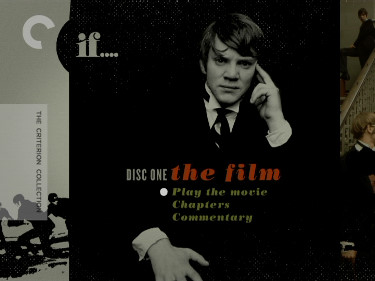 |
|
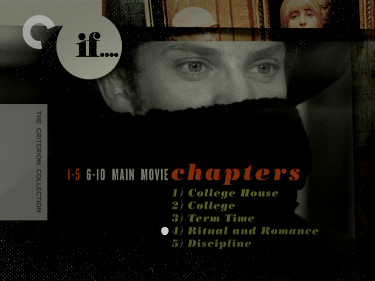 |
|
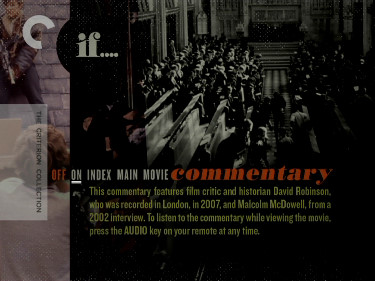 |
|
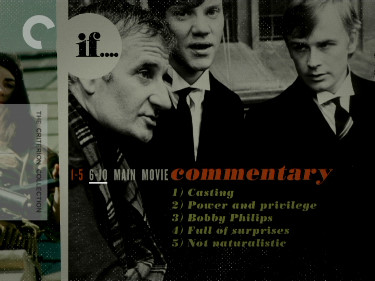 |
|
Criterion - Disc 2
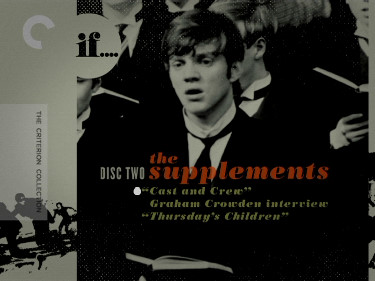 |
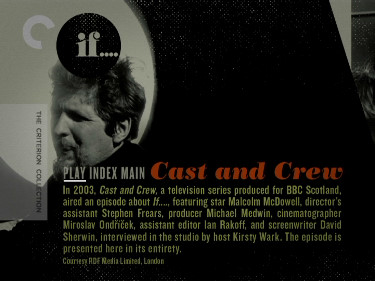 |
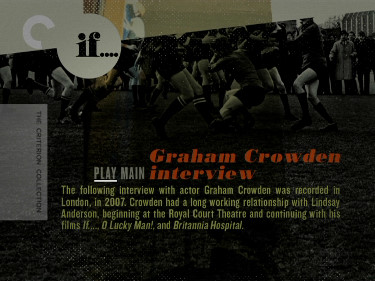 |
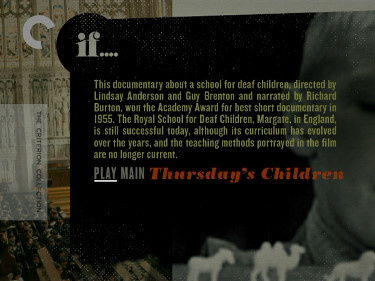 |
 |
 |
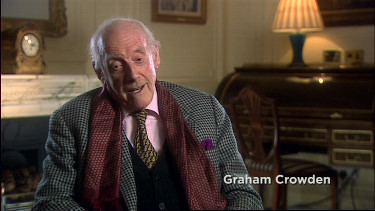 |
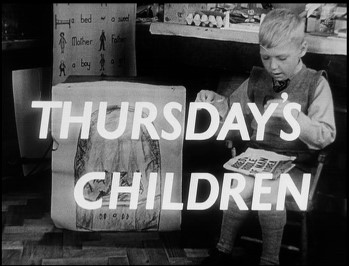 |
Criterion Region 'A' - Blu-ray
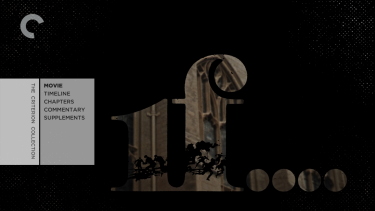 |
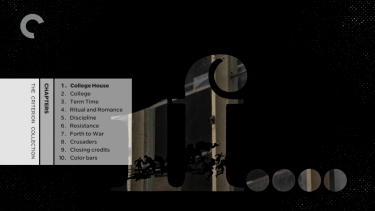 |
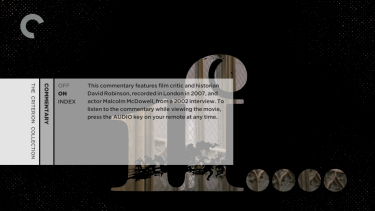 |
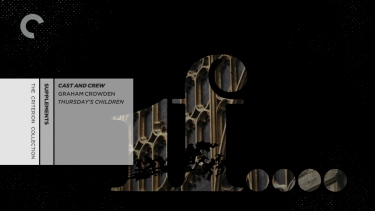 |
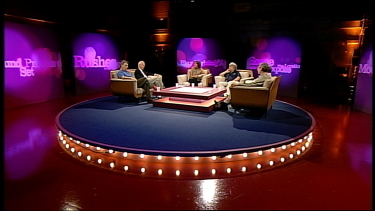 |
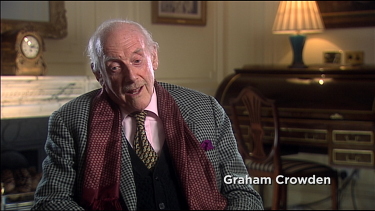 |
Masters of Cinema - Region 'B' - Blu-ray
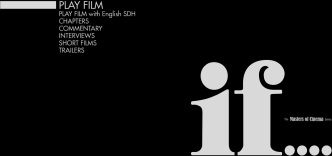 |
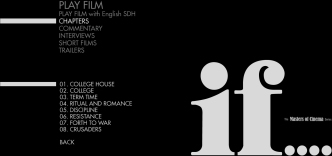 |
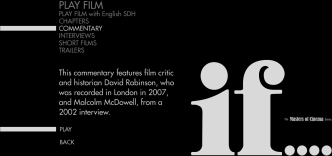 |
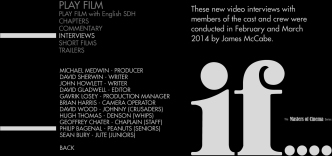 |
 |
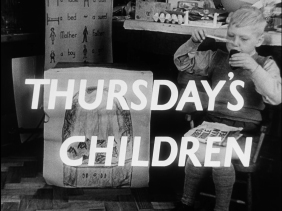 |
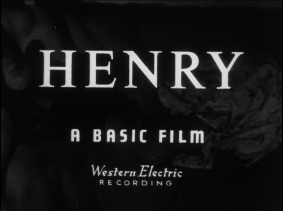 |
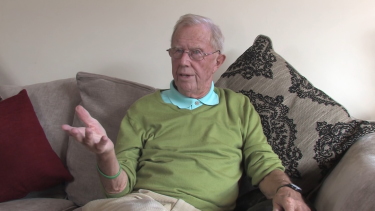 |
 |
 |
 |
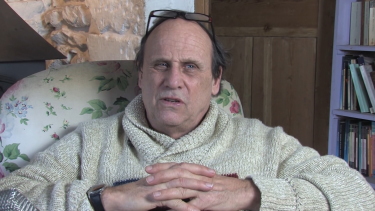 |
 |
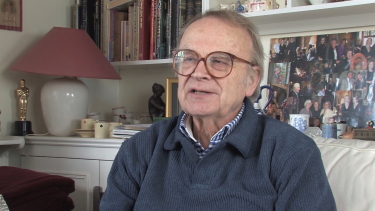 |
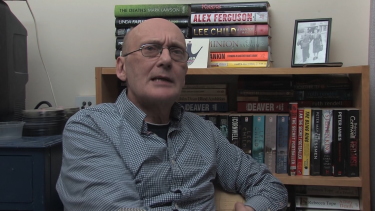 |
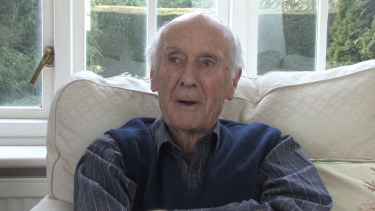 |
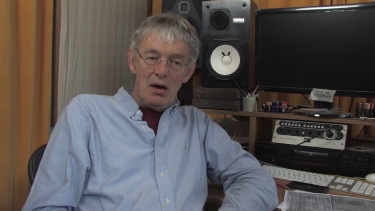 |
 |
CLICK EACH BLU-RAY CAPTURE TO SEE ALL IMAGES IN FULL 1920X1080 RESOLUTION
Subtitle Sample
|
1) Criterion - Region 1 - NTSC - TOP 2) Paramount Pictures - Region 2 - PAL - SECOND 3) Criterion Region 'A' - Blu-ray THIRD4) Masters of Cinema Region 'B' - Blu-ray BOTTOM
|
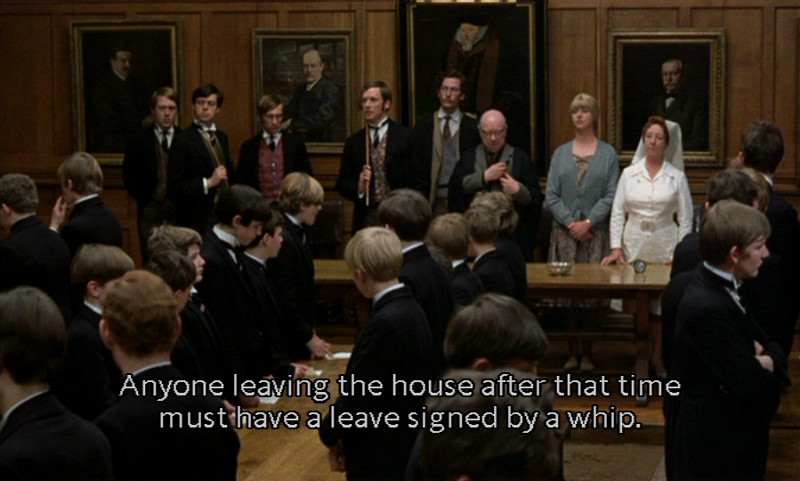 |
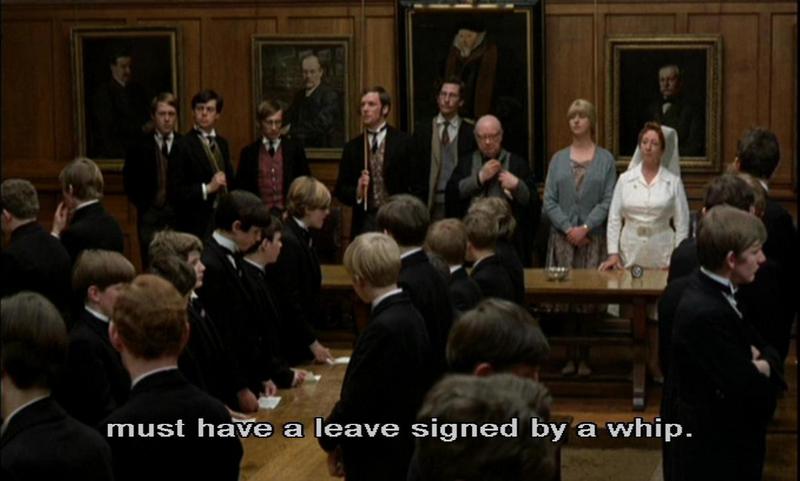 |
Screen Captures
|
1) Criterion - Region 1 - NTSC - TOP 2) Paramount Pictures - Region 2 - PAL - SECOND 3) Criterion Region 'A' - Blu-ray THIRD4) Masters of Cinema Region 'B' - Blu-ray BOTTOM
|
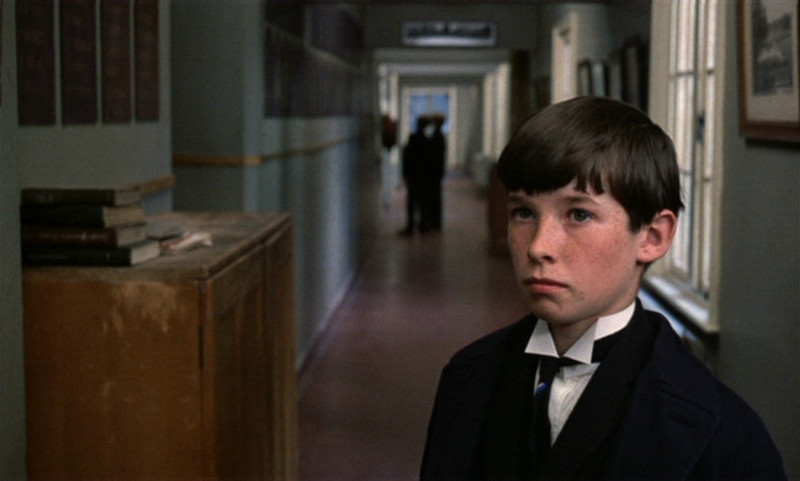 |
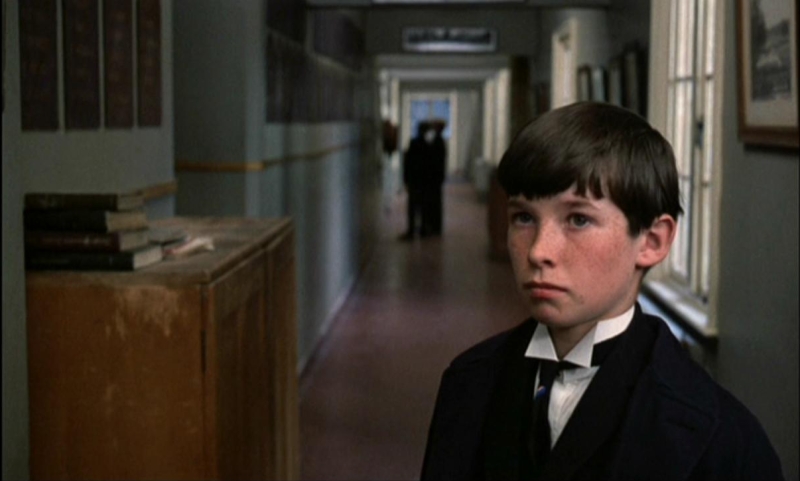 |
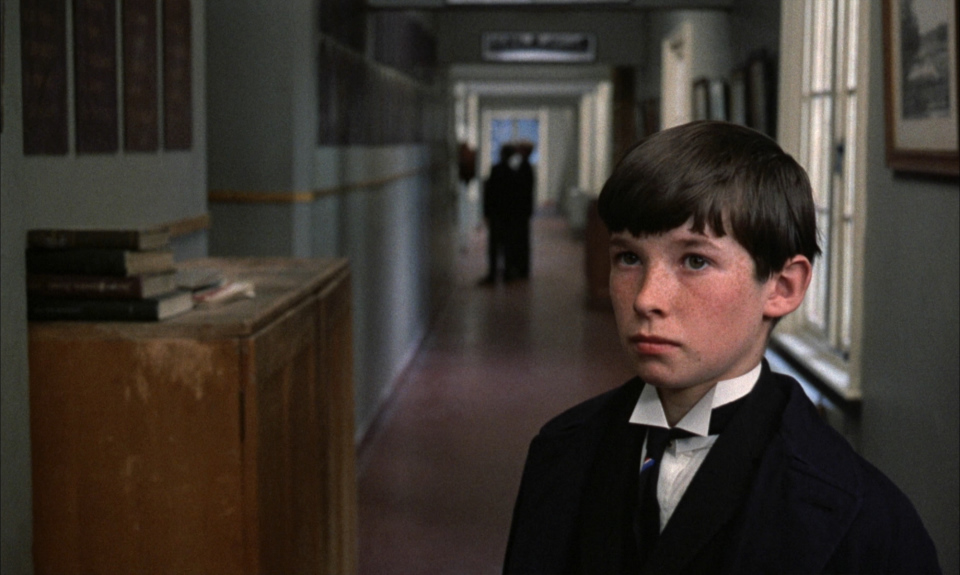 |
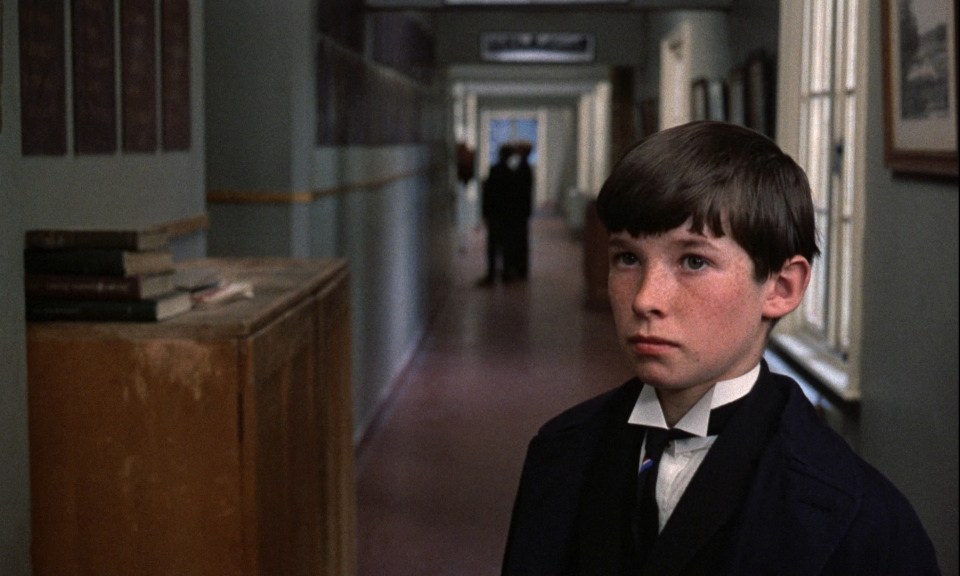 |
|
1) Criterion - Region 1 - NTSC - TOP 2) Paramount Pictures - Region 2 - PAL - SECOND 3) Criterion Region 'A' - Blu-ray THIRD4) Masters of Cinema Region 'B' - Blu-ray BOTTOM
|
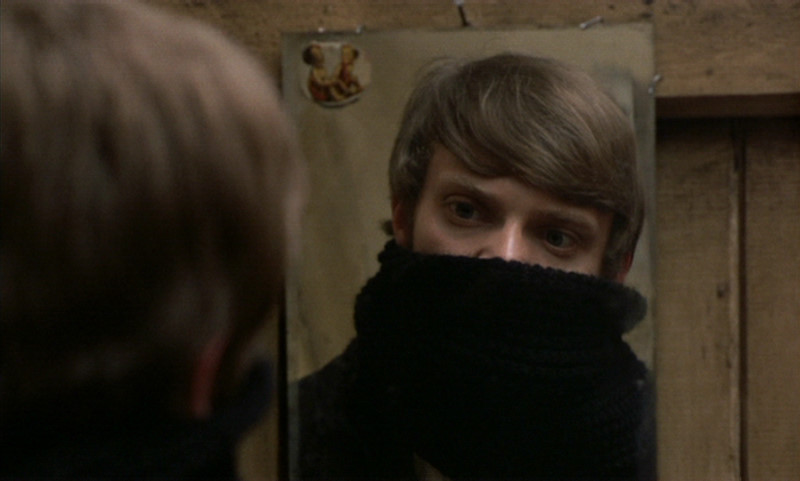 |
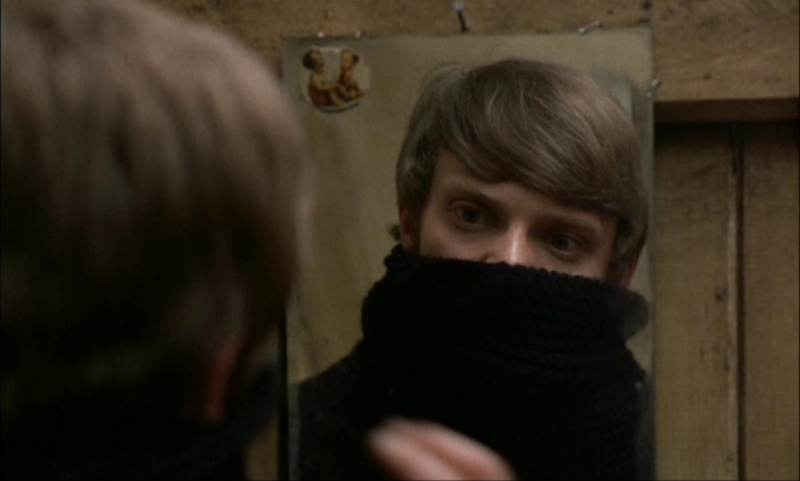 |
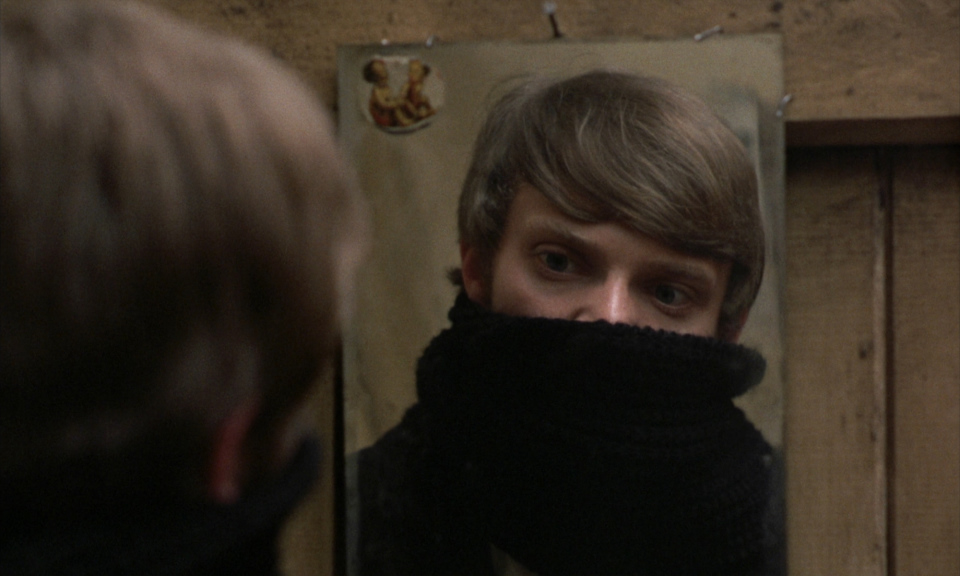 |
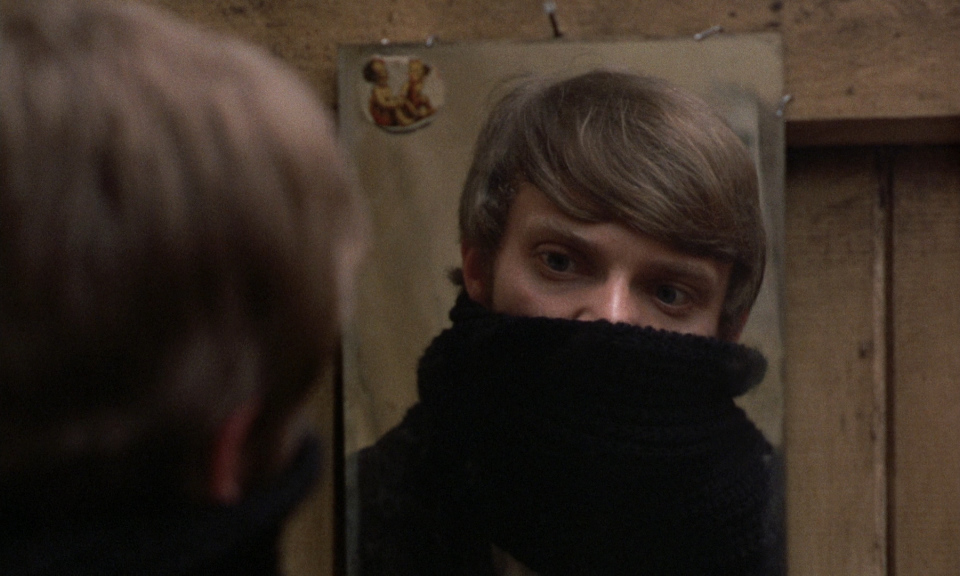 |
1)
Criterion - Region 1 - NTSC - TOP
2) Paramount
Pictures - Region 2 - PAL -
MIDDLE
3)
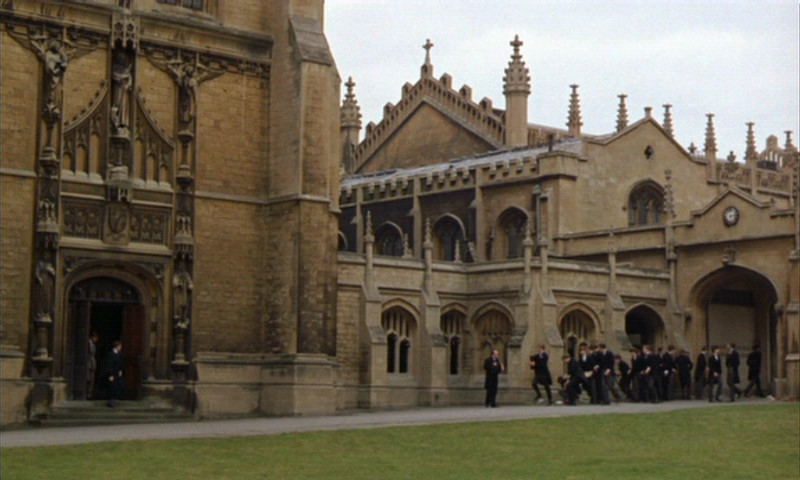 |
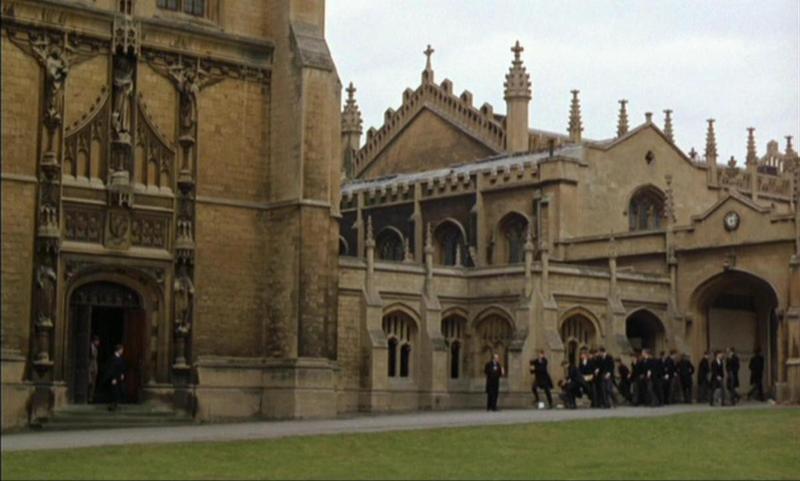 |
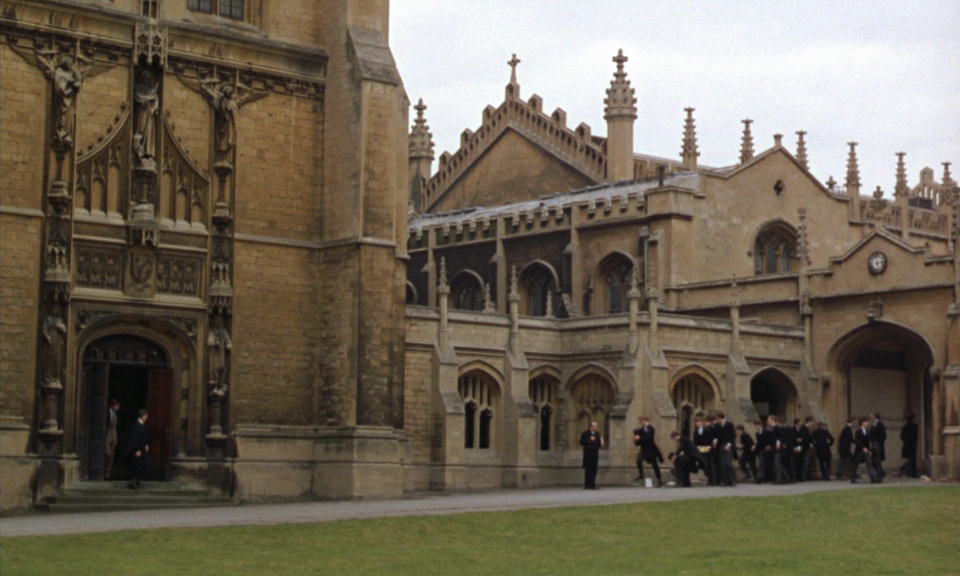 |
1)
Criterion - Region 1 - NTSC - TOP
2) Paramount
Pictures - Region 2 - PAL -
MIDDLE
3)
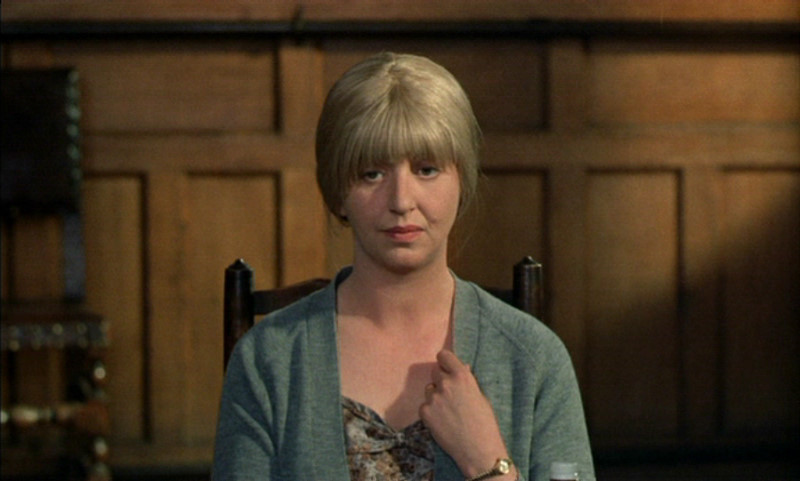 |
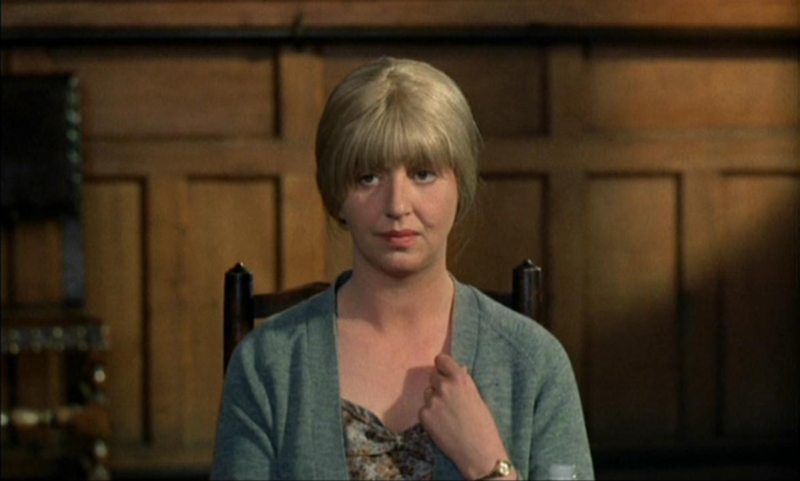 |
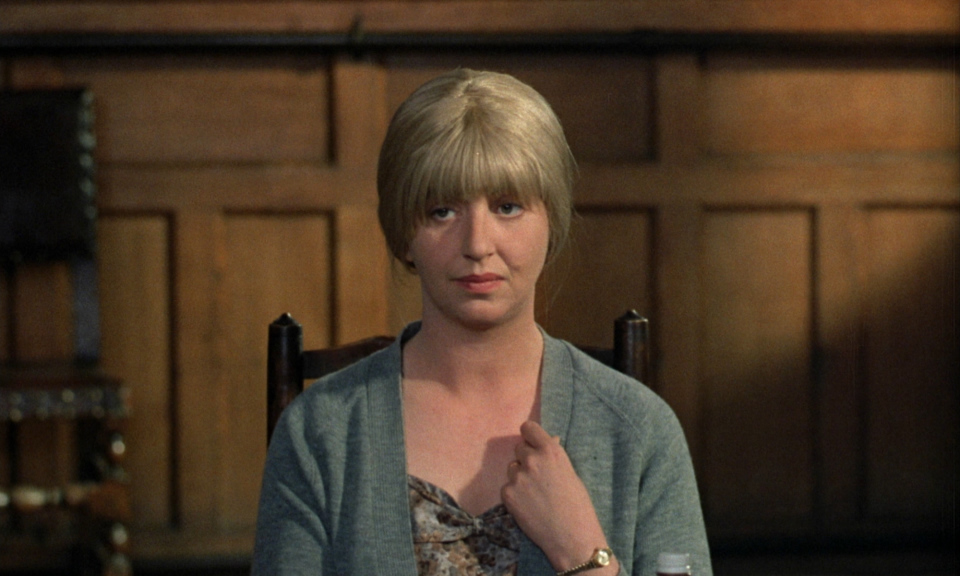 |
|
1) Criterion - Region 1 - NTSC - TOP 2) Paramount Pictures - Region 2 - PAL - MIDDLE 3) Criterion Region 'A' - Blu-ray BOTTOM
|
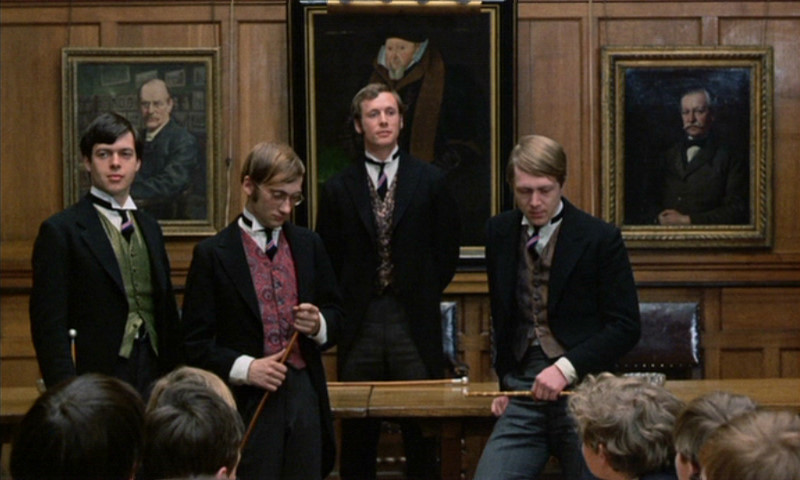 |
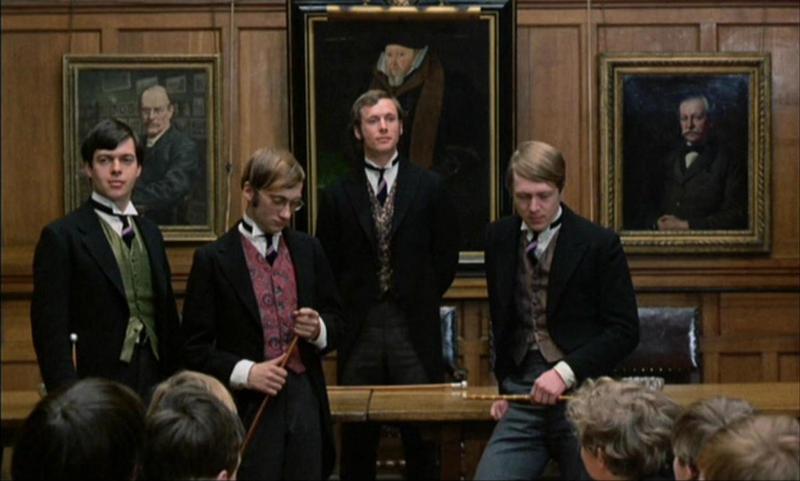 |
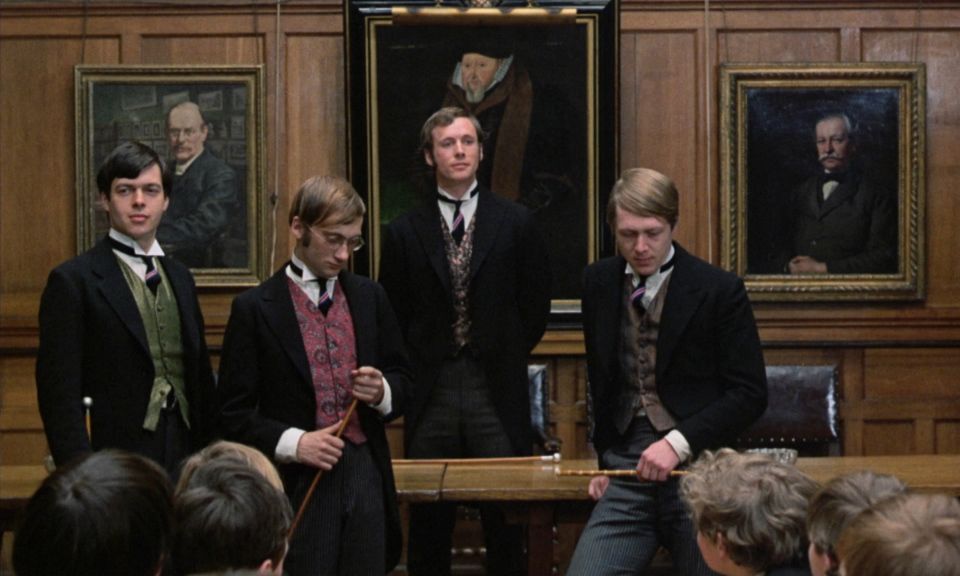 |
|
1) Criterion - Region 1 - NTSC - TOP 2) Paramount Pictures - Region 2 - PAL - MIDDLE 3) Criterion Region 'A' - Blu-ray BOTTOM
|
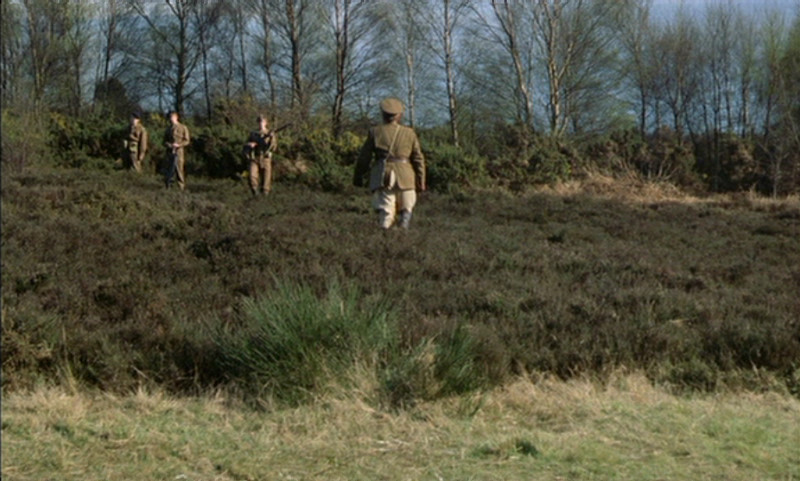 |
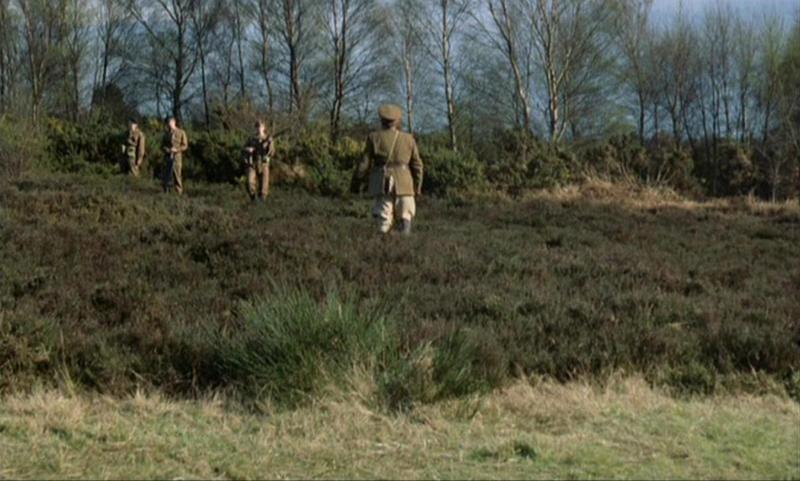 |
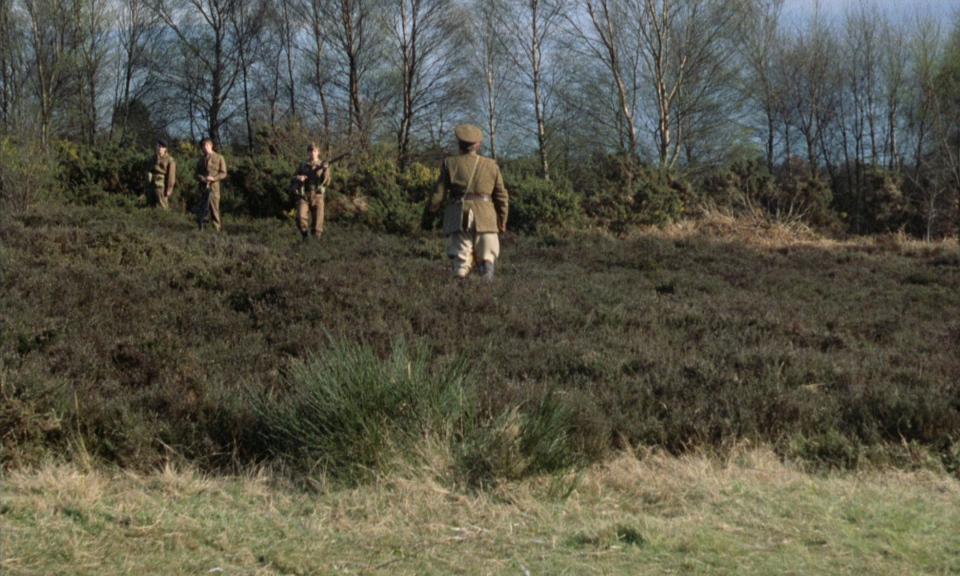 |
|
1) Criterion - Region 1 - NTSC - TOP 2) Paramount Pictures - Region 2 - PAL - MIDDLE 3) Criterion Region 'A' - Blu-ray BOTTOM
|
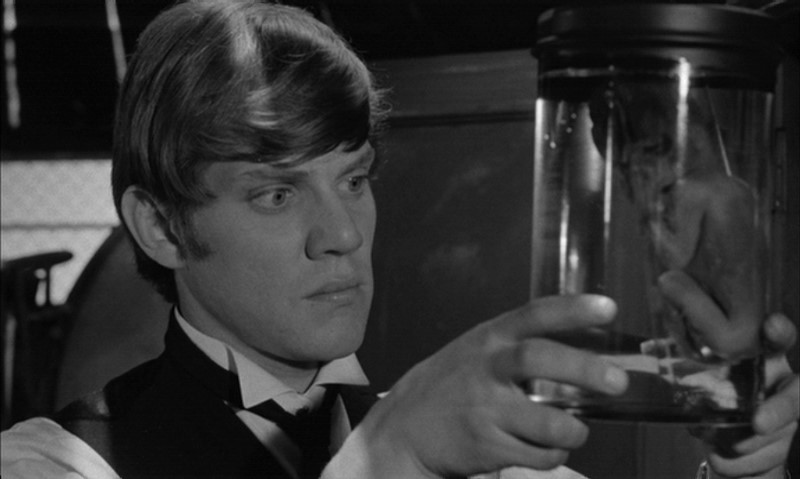 |
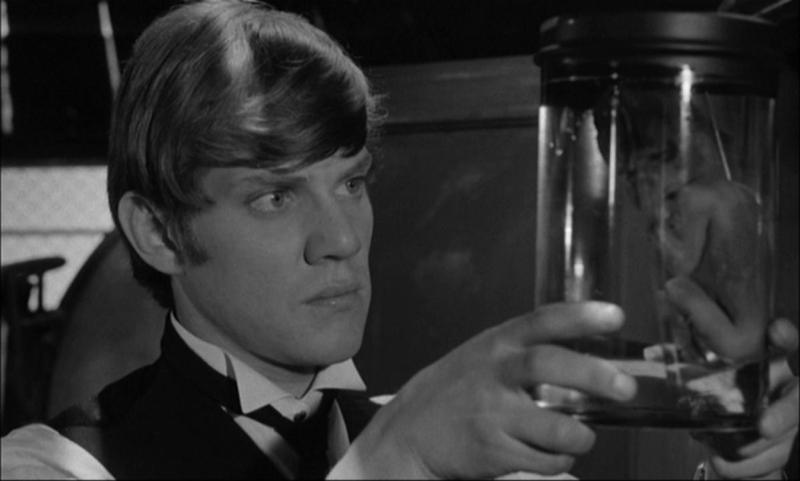 |
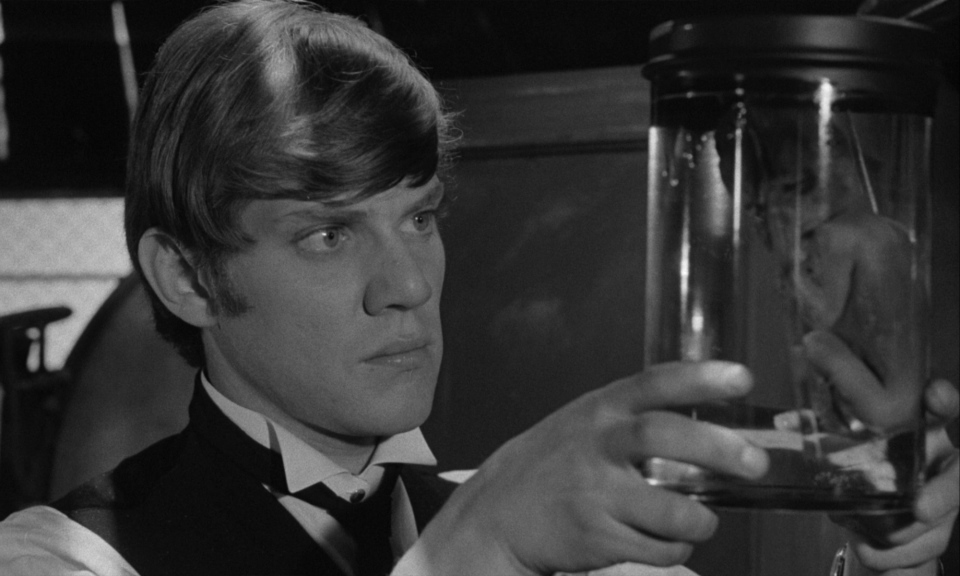 |
More Blu-ray Captures
 |
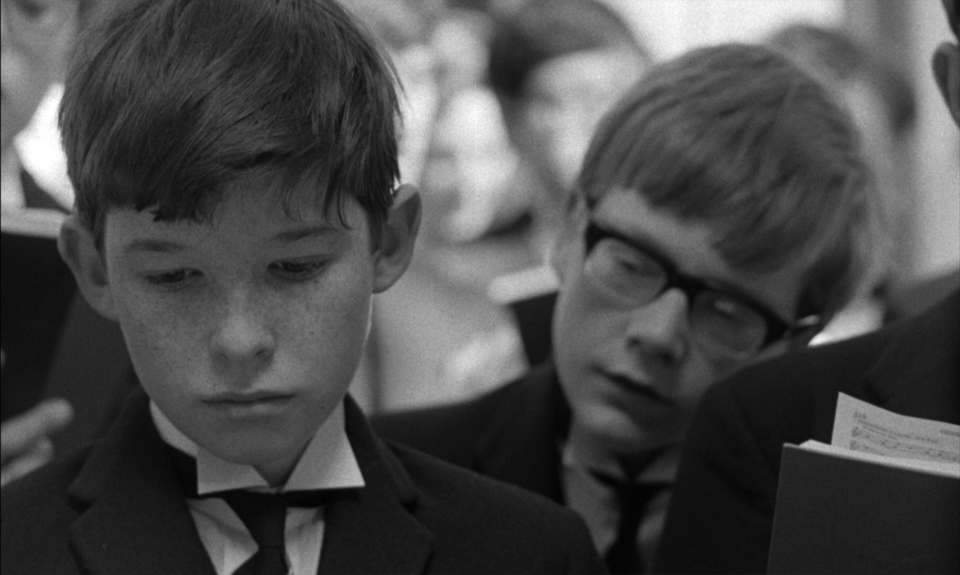 |
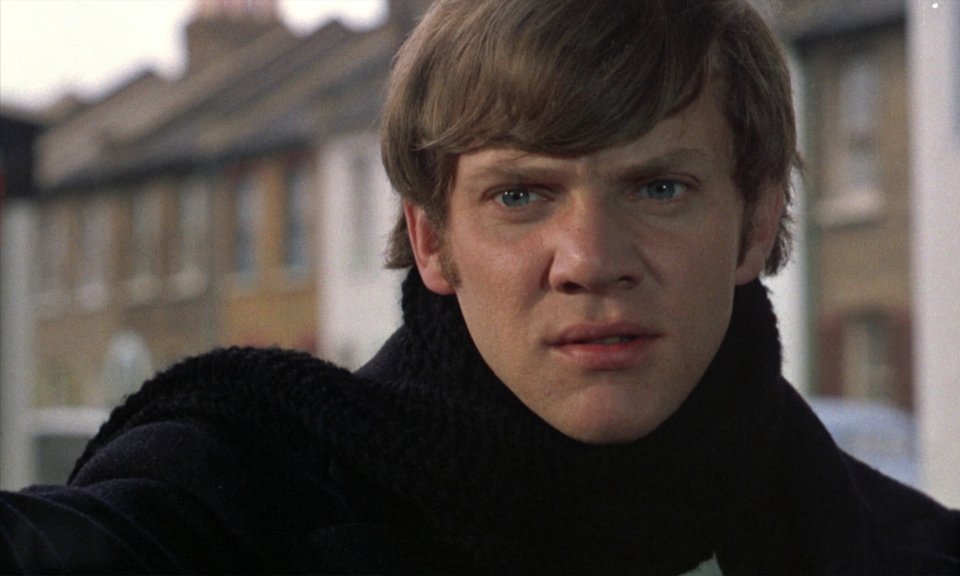 |
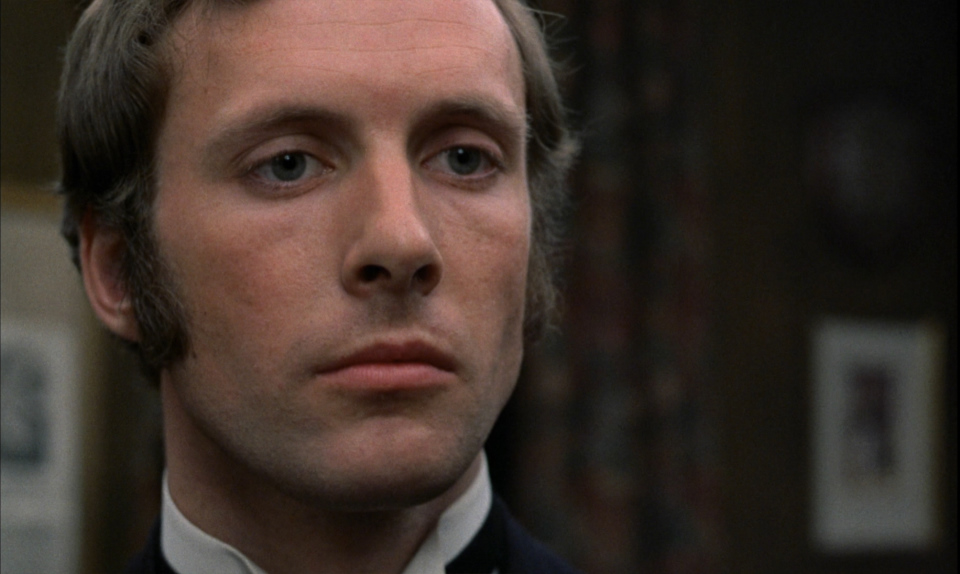 |
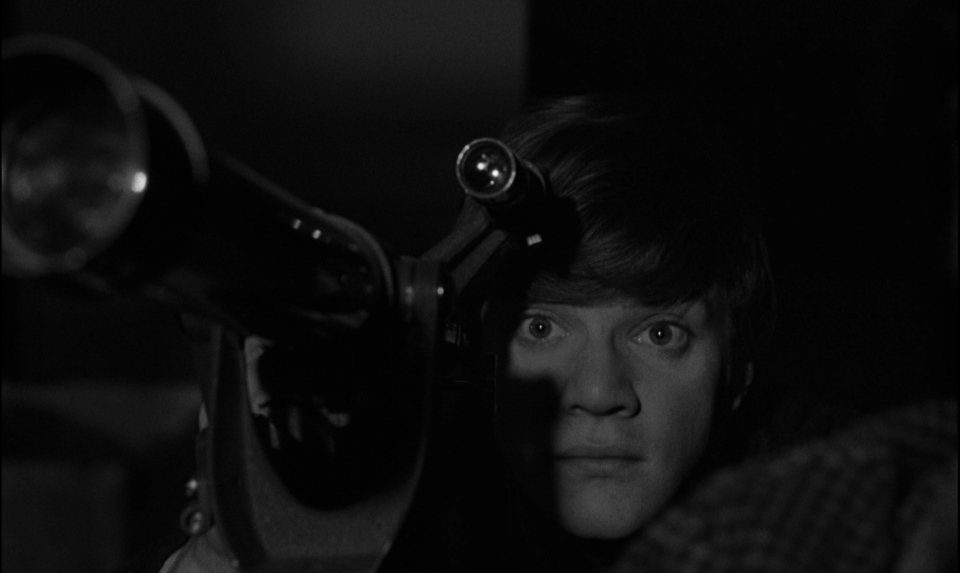 |
Report Card:
|
Image: |
Blu-rays |
|
Sound: |
Blu-rays |
| Extras: | Masters of Cinema Blu-ray |
| Box Covers |
|
|
|
|
| Distribution | Criterion Collection - Spine #391 - Region 1 - NTSC | Paramount - Region 2 - PAL | Criterion Collection - Spine #391 - Region 'A' - Blu-ray |
Masters of Cinema - Spine #84 Region 'B' - Blu-ray |
![]()
![]()

![]()
![]()

